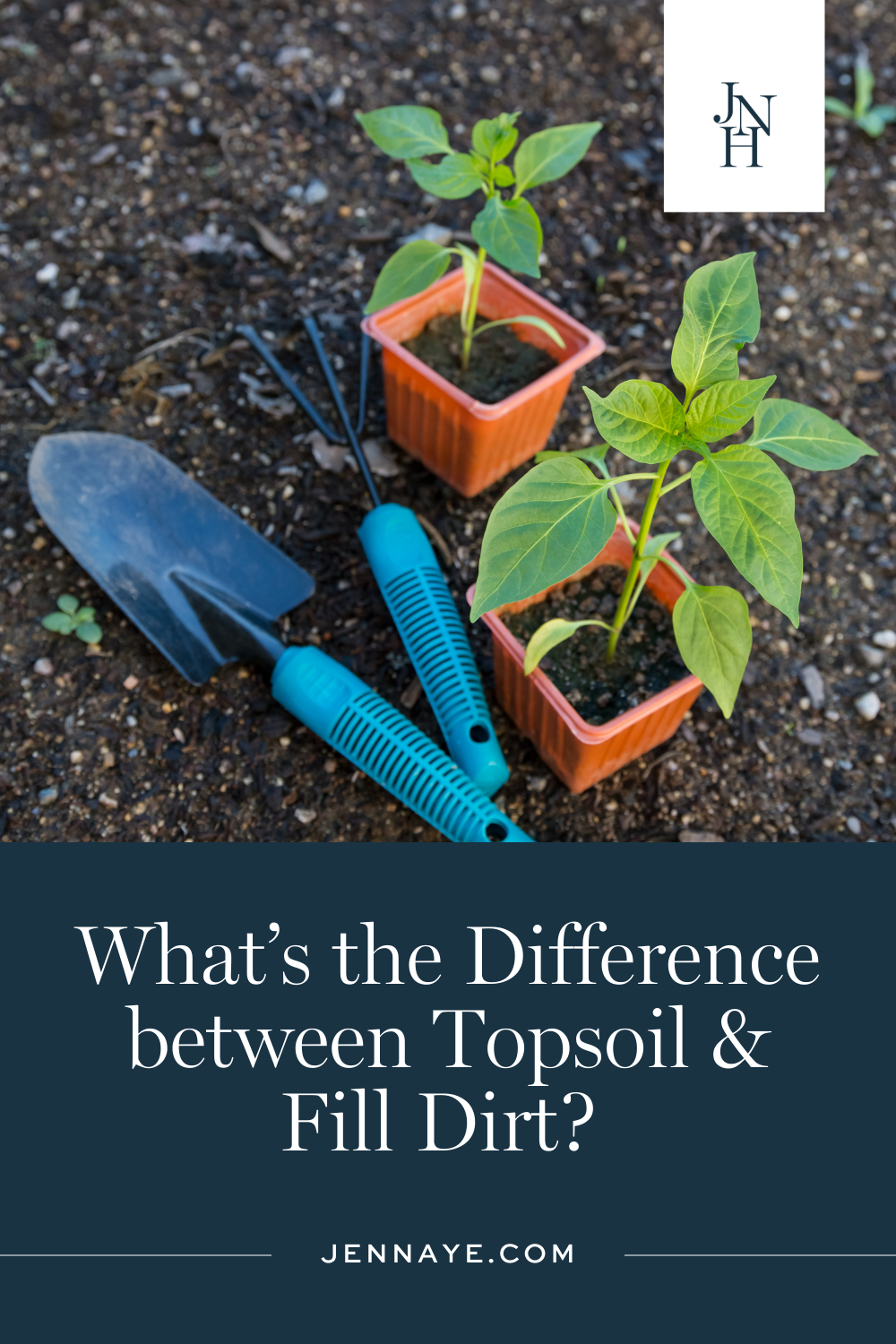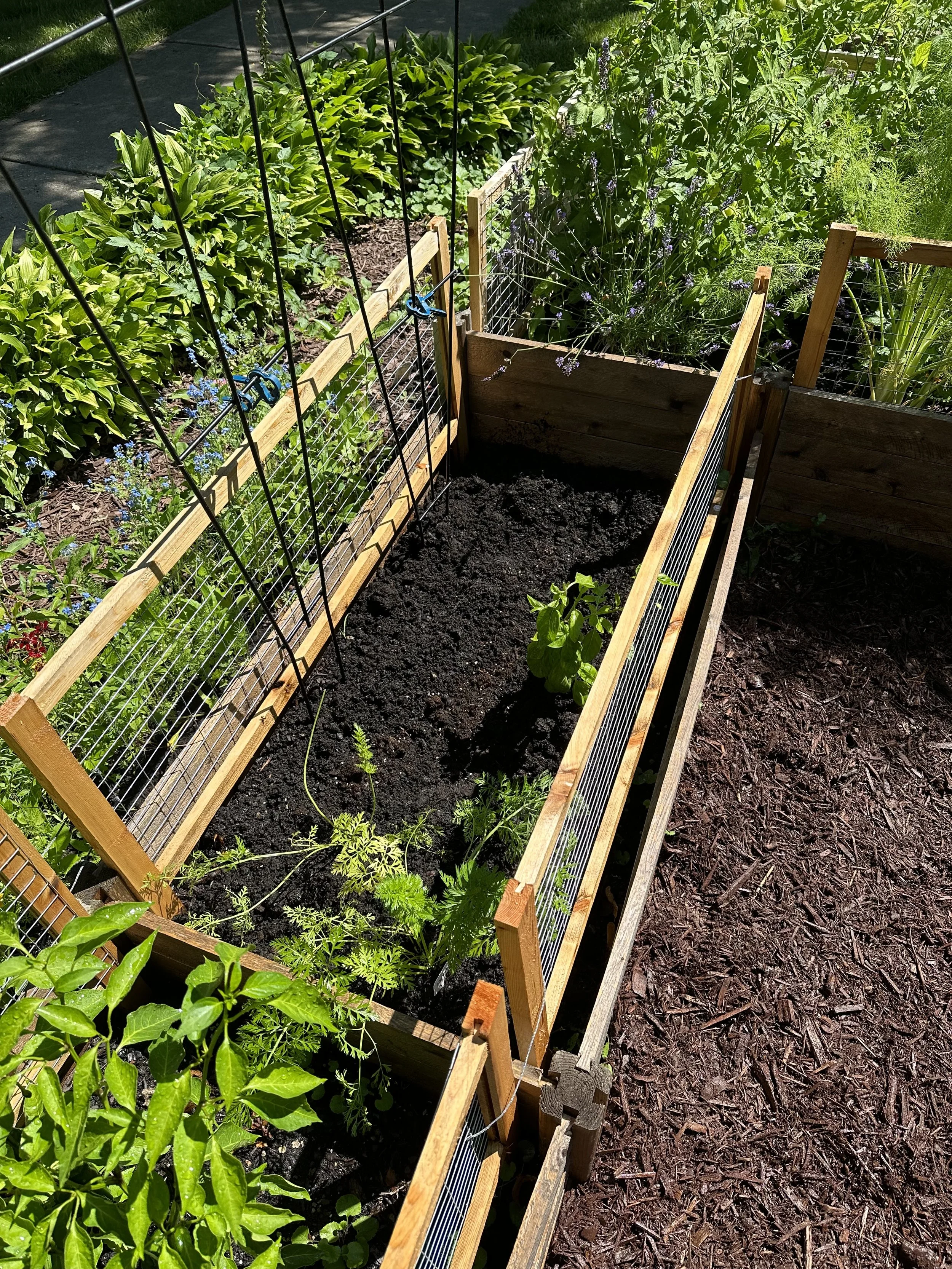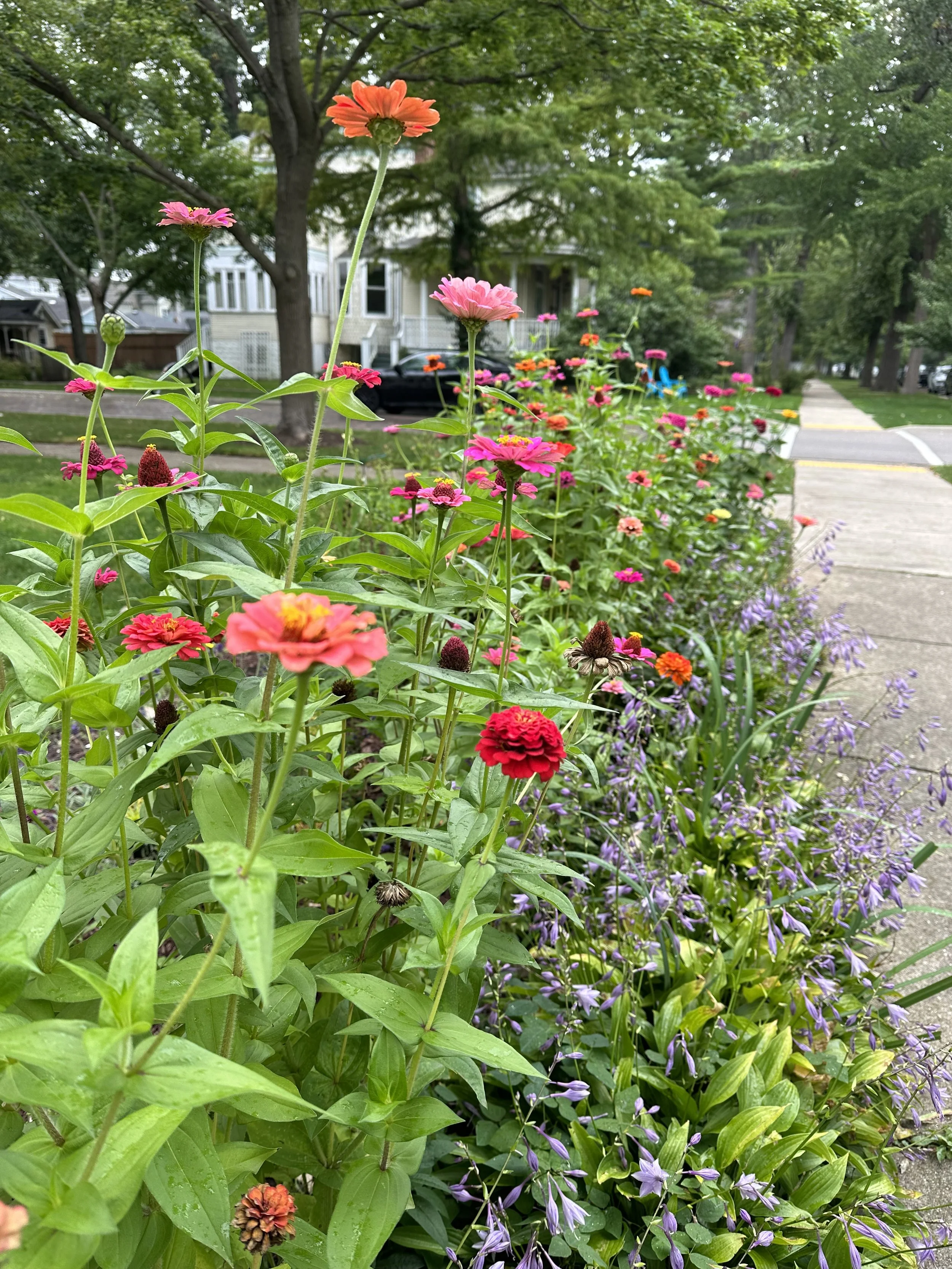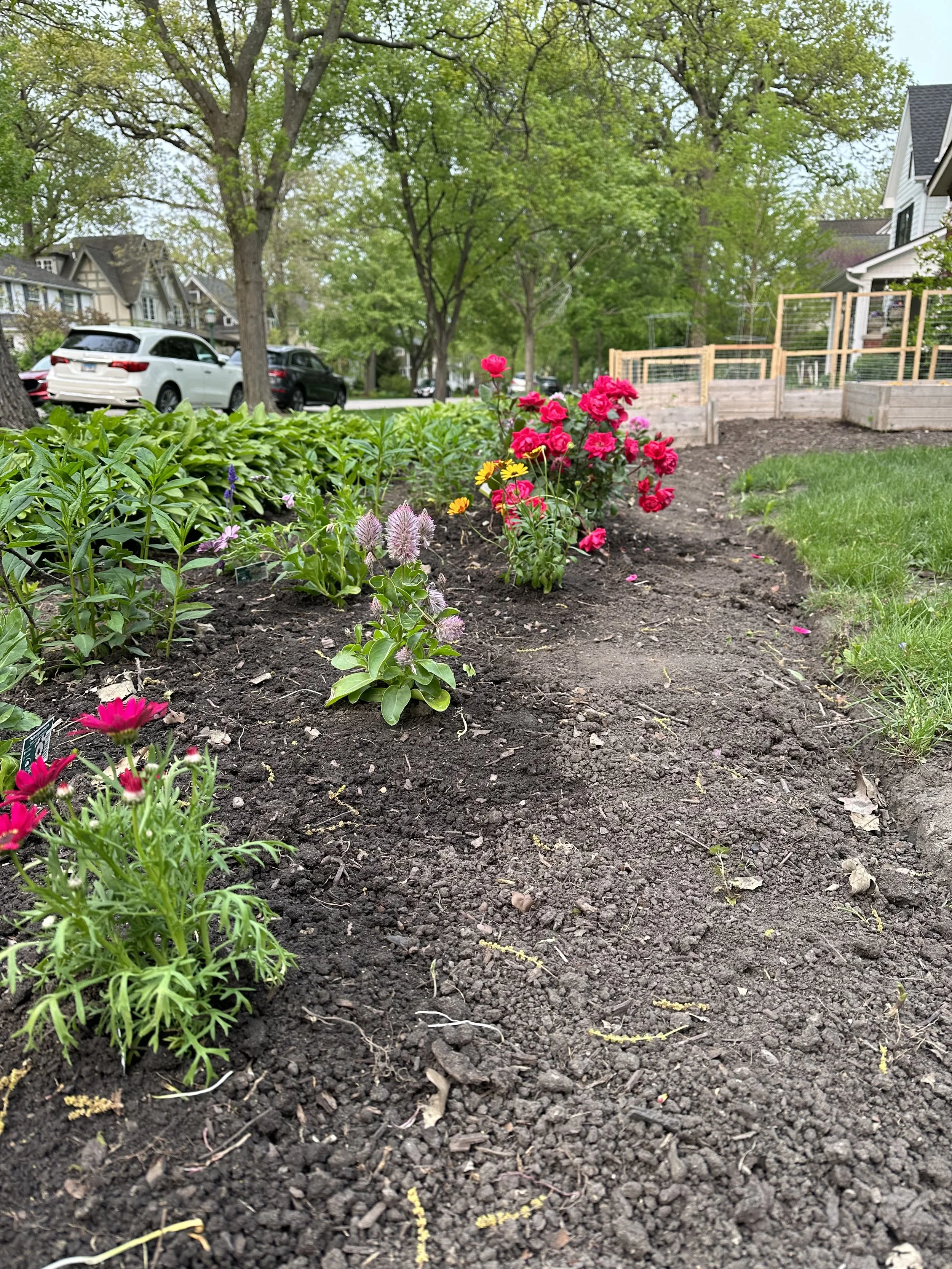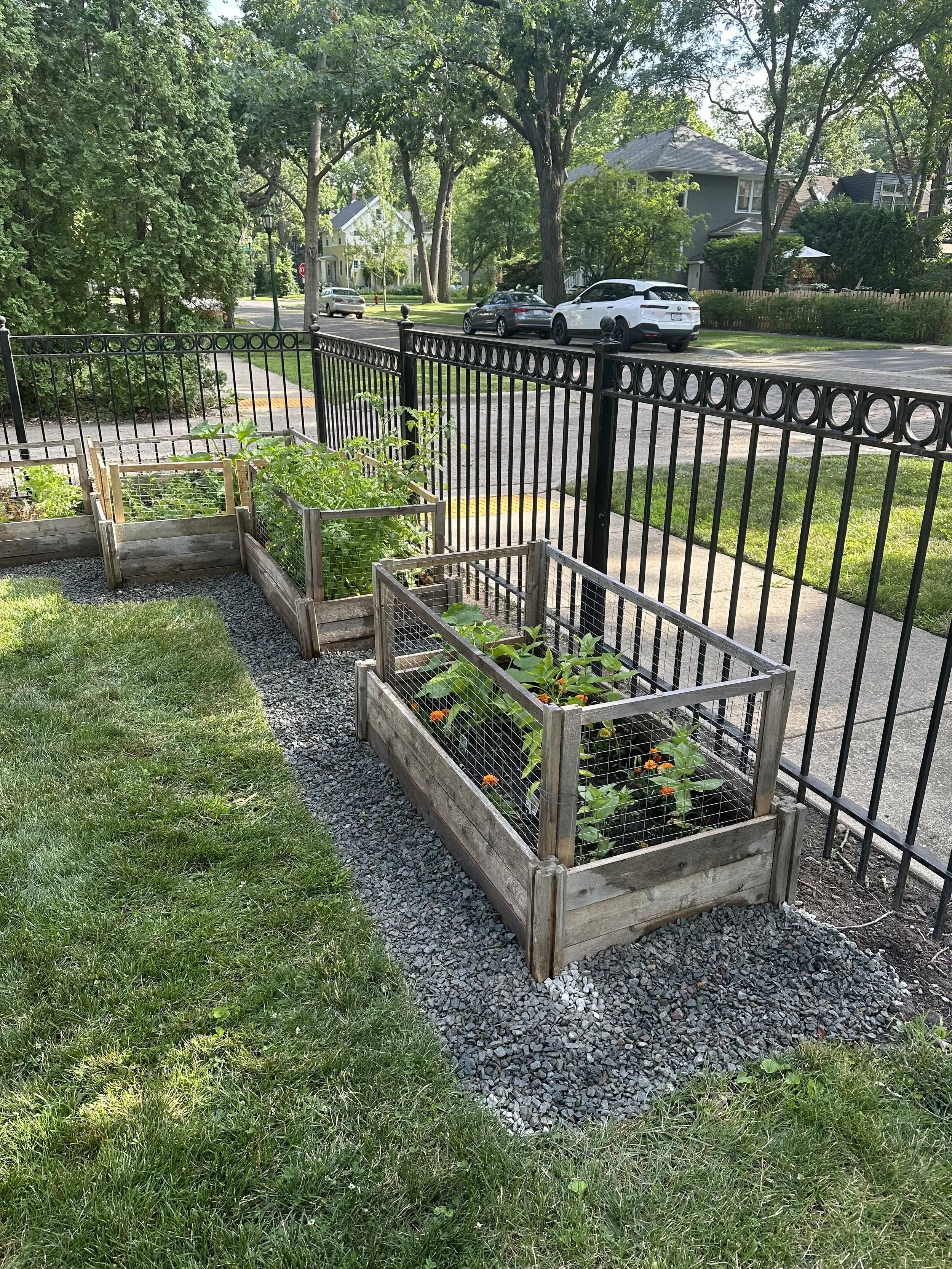TopSoil vs. Fill Dirt
When starting a new landscaping or gardening project, one of the most important decisions you'll make is choosing the right types of soil.
Understanding the main differences between topsoil and fill dirt can help you make an informed decision and ensure the best results for your project.
Whether you're planning to start a new lawn, create garden beds, or undertake large construction projects, knowing when to use topsoil vs fill dirt is crucial.
What is Topsoil?
Topsoil is the uppermost layer of soil, rich in organic material and essential nutrients necessary for healthy plant growth. This type of dirt is typically used in gardening projects, flower beds, and new garden beds because of its ability to support plant roots and maintain moisture retention.
The high concentration of organic matter in topsoil makes it an ideal choice for growing medium in vegetable gardens and container gardens.
When you purchase top soil from a garden center or home improvement store, you're investing in soil that has been screened to remove debris, weed seeds, and other unwanted materials.
This ensures that the soil quality is suitable for gardening and landscaping projects. Top soil's moisture retention capabilities and its nutrient-rich composition make it a popular choice for promoting grass growth and ensuring a lush new lawn.
What is Fill Dirt?
Fill dirt, on the other hand, is typically used in construction and landscaping to create a stable base or fill large voids. Unlike top soil, fill dirt lacks significant organic material and essential nutrients, making it unsuitable for plant growth.
However, its compact nature and stability are perfect for infrastructure projects, such as building foundations, septic tanks, and water tanks.
Fill dirt is usually sourced from excavation projects and large construction projects. It consists of a mixture of broken-down rocks, sand, and clay, which provide a solid foundation for construction sites and other heavy-duty applications.
Clean fill dirt is free from contaminants and large debris, making it a reliable choice for creating a stable base in outdoor projects.
Topsoil vs Fill Dirt - Choosing Between the Soil Types
The key differences between topsoil and fill dirt lie in their composition and specific uses.
Top soil is rich in organic matter, which supports healthy plant growth and improves soil fertility. It's the top layer of soil that's perfect for gardening projects, flower beds, and lawn care. Fill dirt, in contrast, is a shaly material that's used to fill holes, level low spots, and provide a stable foundation for construction projects.
When considering which type of dirt to use, it's best to consider the specific needs of your project. For instance, if you're filling in a low area in your yard or creating a new landscape, fill dirt is the right product due to its stability and compact nature. For gardening or planting new grass, top soil is the better option because it contains the highest concentration of organic matter and provides the necessary nutrients for plant life.
When to Use Top Soil
New Lawns: Apply a layer of top soil before planting new grass to ensure healthy grass growth.
Garden Beds: Use top soil to create fertile beds for flowers, vegetables, and other garden plants.
Landscape Renovation: Improve soil quality and enhance the appearance of your landscape with nutrient-rich top soil.
Moisture Retention: Top soil's ability to retain moisture makes it ideal for areas prone to heavy rains and water drainage problems.
When to Use Fill Dirt or Fill Sand
Construction Sites: Use fill dirt to create a solid foundation for buildings, roads, and other infrastructure projects.
Filling Holes: Fill dirt is perfect for filling large voids, trenches, and low spots in your yard.
Erosion Control: Stabilize areas prone to soil erosion with fill dirt, providing a level surface for further landscaping.
Choosing the Right Soil for Your Project
To determine whether you need topsoil or fill dirt for your new landscaping project, consider the following factors:
Project Goals: Is your soil for planting and growing or for creating a stable base and filling voids?
Soil Quality: Assess the existing soil quality in your yard. If your soil lacks nutrients and organic matter, top soil is necessary.
Budget: Fill dirt is generally less expensive than top soil. If cost is a significant factor, use fill dirt for foundational purposes or to fill in low areas and topsoil for planting areas.
Where to Find the Right Soil for Your Project
Not sure where to find the right soil for your project? Home improvement stores often carry a variety of soil options, including black dirt and specialized garden mixes.
For larger projects, purchasing by the cubic yard from a landscaping supplier may be more cost-effective. These suppliers can provide different types of dirt with fill materials like unscreened fill or loose material for common scenarios such as leveling or filling holes.
You can also find free fill dirt through local forum communities or by checking older threads online where people might offer to fill on-site. Each type of soil plays a vital role in different projects, whether you need good water retention for a container garden or growing season support for your plants. Understanding these options will help you make the best choice for your landscaping or gardening needs.
FAQs about Top Soil vs Fill Dirt
There are some common questions about Top Soil vs. Fill Dirt that I’ll answer below.
Is Top Soil the Same as Fill Dirt?
No, topsoil and fill dirt are not the same. Top soil is the uppermost layer of soil and contains a mixture of organic matter, essential nutrients, and is ideal for healthy plant growth. It is commonly used in garden soil, flower beds, and vegetable gardens. Fill dirt, on the other hand, lacks organic material and nutrients. It is typically used for creating a stable base in construction sites, filling holes, and other infrastructure projects where soil quality is not as crucial.
Is Top Soil the Same as Garden Soil?
Garden soil is a type of soil that is specifically mixed for gardening projects. It usually consists of topsoil mixed with other soil amendments like compost, peat moss, and fertilizer to enhance soil fertility and improve moisture retention. Garden soil is tailored to provide the best results for a variety of plants, including flowers, vegetables, and shrubs.
What is Fill Dirt Used For?
Fill dirt is primarily used for filling holes, raising the ground level, and creating a solid foundation for construction and landscaping projects. It is an ideal choice for leveling a backyard, supporting septic tanks, and building foundations. Fill dirt’s compact nature makes it excellent for providing stability and preventing soil erosion. It is also used in outdoor projects such as creating embankments and improving water drainage.
Can Topsoil Be Used as Fill?
While topsoil can be used to fill low areas, it is not the best choice for projects requiring a stable foundation. Topsoil contains organic material that decomposes over time, which can cause settling. For best results, use topsoil for new garden beds, new grass, and lawn care where soil fertility and moisture retention are important. For structural purposes, clean fill dirt is the better choice.
Can You Turn Fill Dirt into Topsoil?
Transforming fill dirt into topsoil is possible but requires significant effort. You need to add organic material and soil amendments such as compost, peat moss, and manure. This process improves soil fertility and creates a suitable growing medium for plants. However, this can be time-consuming and may not provide the immediate results needed for healthy plant growth.
Can I Fill Holes in My Yard with Topsoil?
Yes, you can use topsoil to fill holes in your yard, especially if you plan to plant grass or garden plants in those areas. Topsoil is rich in essential nutrients and supports grass growth and plant development. Ensure that the topsoil is free of weed seeds and other contaminants to promote healthy plant growth.
Can I Use Fill Dirt to Level a Backyard?
Yes, fill dirt is an excellent material for leveling a backyard. It provides a solid foundation and can be compacted to create a level surface. Once the fill dirt is in place and compacted, you can add a layer of topsoil to support grass growth and other landscaping projects.
What is the Best Soil to Fill Low Spots in a Yard?
The best soil to fill low spots in your yard depends on the purpose of the area. For structural stability, fill dirt is recommended. For areas intended for planting, topsoil is the ideal choice due to its nutrient-rich composition. Often, a combination of both may be used: fill dirt for the base and topsoil for the top few inches of soil.
What is the Best Thing to Fill Holes in Your Yard With?
For holes that need to be filled for structural purposes, clean fill dirt is the best option. It compacts well and provides a stable base. For holes in garden areas or lawns, topsoil is better as it supports plant growth. Mixing in some organic material can further enhance the soil’s quality.
Will Grass Grow in Topsoil?
Yes, grass will grow in topsoil. Topsoil is enriched with essential nutrients that support grass growth and overall plant life. When planting a new lawn or patching bare spots, topsoil provides the necessary environment for healthy plant growth.
Choosing between topsoil and fill dirt depends on the specific needs of your project. Understanding the key differences and applications of each type of dirt ensures that you use the right type of soil for your landscaping and gardening projects.
Topsoil is perfect for supporting healthy plant growth and enhancing soil fertility, while fill dirt is essential for creating a stable base and preventing soil erosion in construction and outdoor projects. By making an informed decision, you can achieve the best results for your new landscaping project.
You might also like…
Hi, I’m Jen!
Hi, I’m Jen, your perpetually optimistic, fun-loving, witty friend. When I’m not working at The Marketing Greenhouse, you can find me gardening in the sun, playing games with my kids or creating content that inspires people to try new things and be the best version of themselves.

